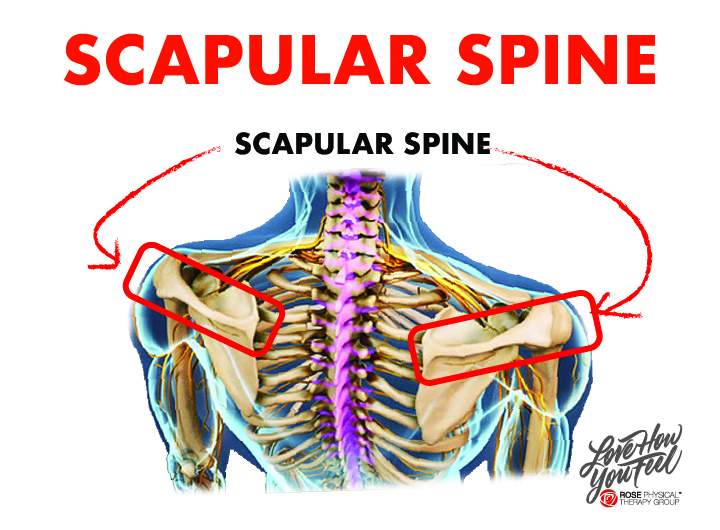The Granby roll, also known as a shoulder roll, is a wrestling technique and a whole body physical therapy stretch that incorporates your back, neck, core and hips.
The Granby Roll or Shoulder Roll
The first time I saw a higher belt do a Granby roll, I thought, that doesn’t look too hard. I go upside in yoga all the time, and the Granby roll or Shoulder roll can appear even easier than yoga moves. However, the Granby roll is a physical therapy technique that can be challenging for most people.
A Granby roll in the wrestling-related martial art of Brazilian jiu jitsu (BJJ) is used as a guard retention technique that involves inverting to make enough space to put your legs between you and your opponent. That is about all I have to say on it from a jiu-jitsu perspective, as I am not very good at doing it live. The only situation right now I can consistently Granby is turning away from a passer and attempting to get my guard back. I’m working on it, though!
From a biomechanics standpoint, the Granby roll is standing on the thickest part of the shoulder blade, with the back of the head as a balancing point, using your core, hips, and head to change or adjust your direction. The spine of the shoulder blade acts as a load bearing structure.

The first time anyone tries to Granby roll, it’s not pretty. It’s like watching a turtle trying to right itself – at least, that’s what it feels like. When I did it right the first time, it was the most awful stretch I had ever felt and wanted out of it immediately.
How the Granby roll or Shoulder roll works
The nerves that come out of the spinal cord run down your back, hips, and back of the legs. These nerves, combined with the back muscles, hips, hamstrings, and calves, is what’s commonly known as the posterior chain.

Nerves don’t stretch like muscle. Muscles have more elastic properties and stretch like rubber bands. Nerves are not stretched, but tensioned like twine. That is, they do not feel like anything until suddenly, you feel a huge pull when inverted.
Here are some exercises I used to work on my neurodynamic mobility:
- Press-ups, or standing backbends
The standing back bend is an intense exercise for your posterior chain and can be too much load for many people. If the standing back bend causes discomfort, consider doing a pressup instead.
- Posterior chain stretch with elevated toes
- Seated posterior chain stretch
Rose Physical Therapy is here in Washington, DC to help!
If you have back pain or want to work up to doing a Granby roll, it's a great time to give us a call to setup an appointment right away, or schedule through our website. Either our office in downtown Washington, DC between Dupont Circle and Farragut Square, or at our office in Navy Yard and Capitol Riverfront, just a few blocks from Capitol Hill has the best area physical thearpists who are capable of getting you on the track to recovery. One on one appointments at Rose are one-hour with a physical therapist, never a technician. And Rose Physical Therapy in Washington, DC accepts most private health insurance so that the best physical therapy is also affordable for you based on your insurance plan.


